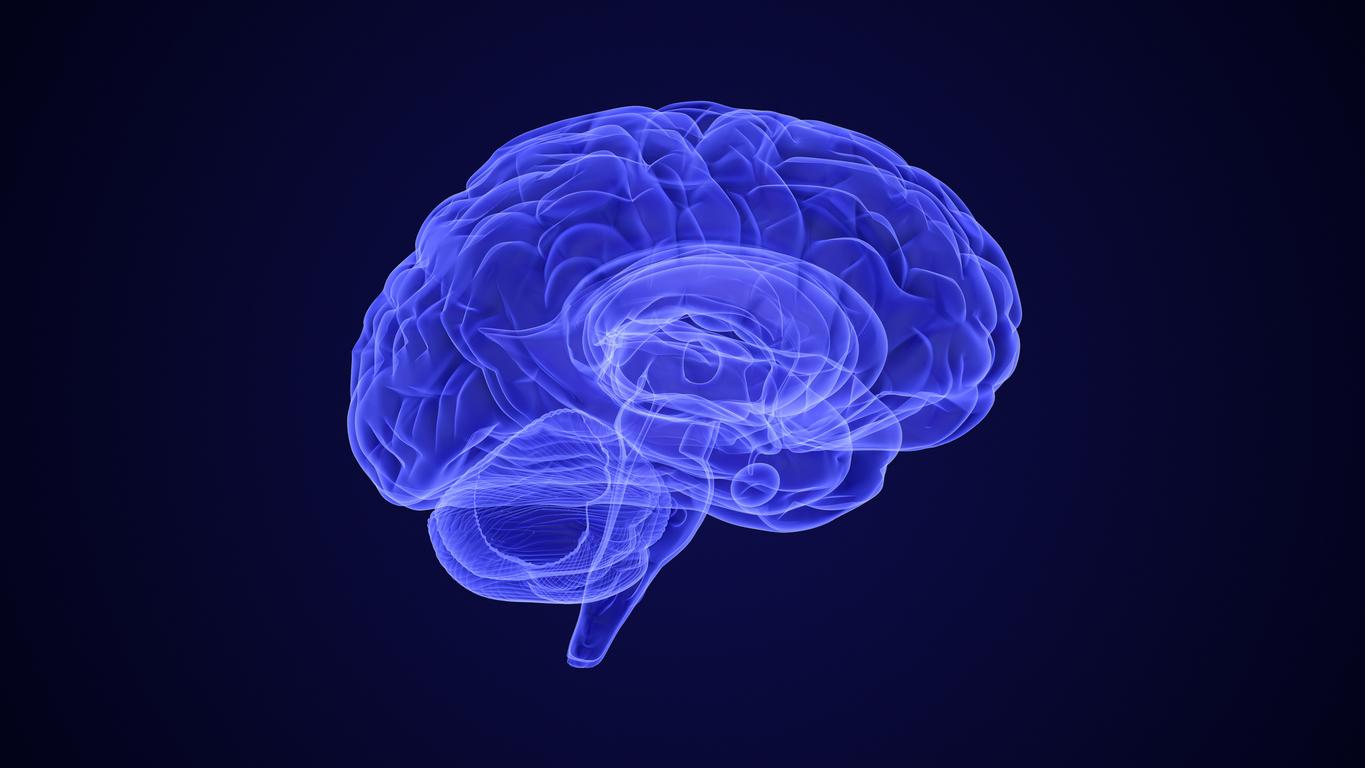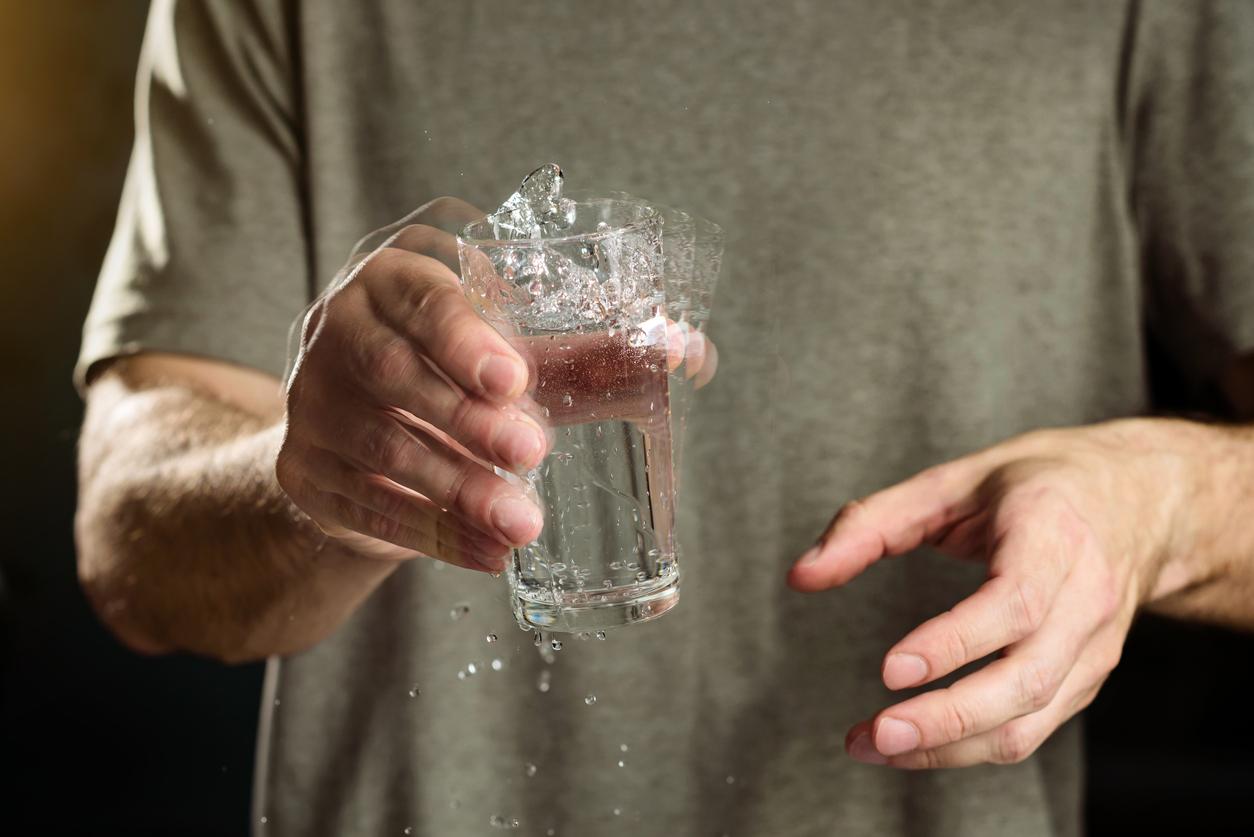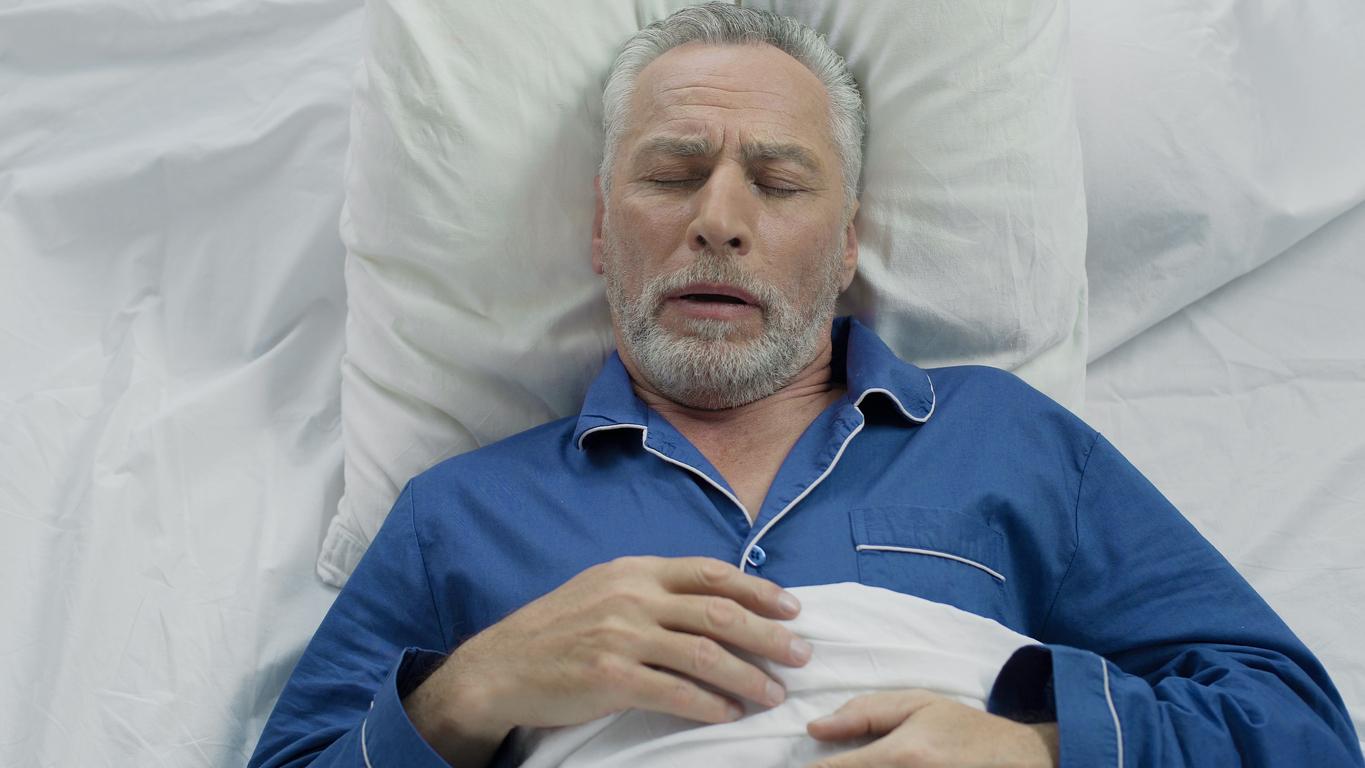About 50% of people with Parkinson disease suffer from gait and balance disorders. To help patients regain satisfactory mobility, deep brain stimulation is proposed and gives good results. However, another less invasive treatment might work: repetitive transcranial magnetic stimulation (rTMS).
In a study published in the journal Retrorative Neurology and NeuroscienceSouth Korean researchers have highlighted the promising results of this magnetic stimulation technique.
Concretely, this painless method consists of applying a copper coil acting as a magnet to the patient’s scalp, to then modulate the activity of neurons in the motor areas of the brain.
Conducted by Sungkyunkwan University (Seoul, South Korea), this study was carried out on 17 Parkinson’s patients, treated either with real high-frequency rTMS or with sham rTMS (placebo), for five sessions over one week. The patients were assessed three times: before the stimulation sessions, immediately after the five sessions, then one week after the treatment. At the same time, participants continued to take their Parkinson’s disease medications.
In the end, the researchers found a reduction in motor disorders in patients treated with repetitive transcranial magnetic stimulation, compared to the placebo group. These benefits were still visible one week after the end of the stimulations.
In addition to deep brain stimulation, transcranial magnetic stimulation therefore appears to be a good candidate for reducing motor disorders in Parkinson’s patients. But at present, given the small number of large-scale studies supporting this approach, social security does not cover this act. Further larger studies will therefore be needed.
Read also :
Infographic: everything you need to know about Parkinson’s disease
Parkinson’s: a vibrating pen to help patients write
















